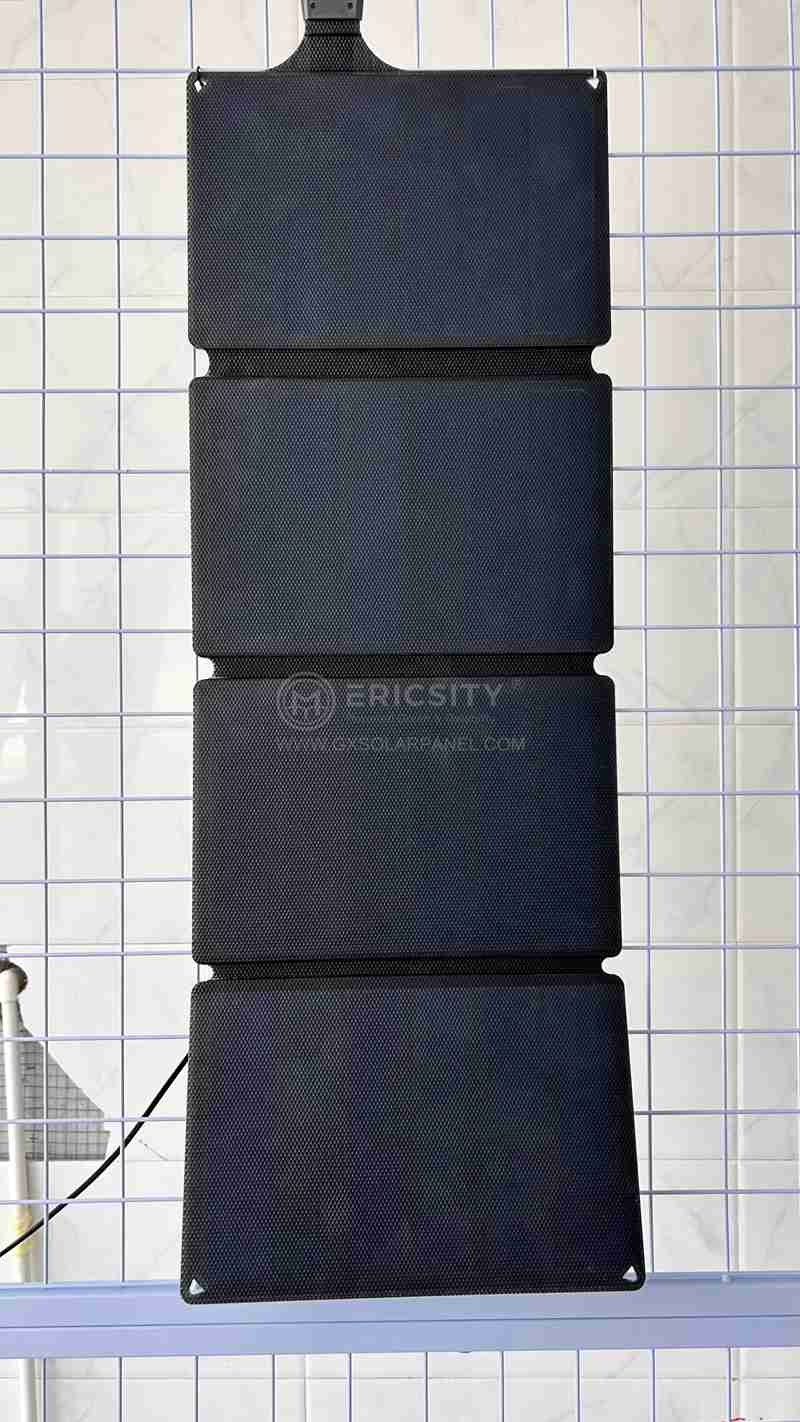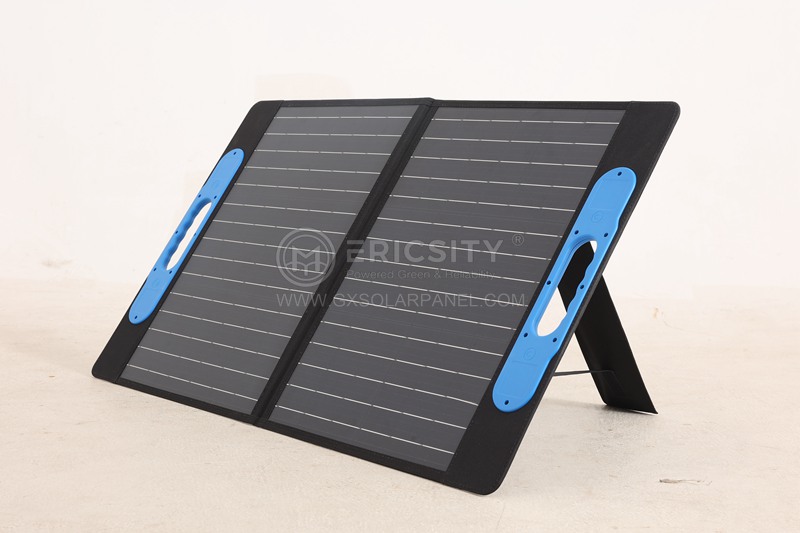HOT PRODUCT
Product Details
amorphous Flexible Solar Panels: A Green Energy Revolution
Title: Amorphous Flexible Solar Panels: A Green Energy Revolution
Introduction

The world is facing a critical challenge: the increasing demand for clean and sustainable energy sources. Renewable energy technologies, such as solar power, have emerged as promising solutions to combat climate change while meeting energy demands. Among the latest innovations in solar energy, amorphous flexible solar panels have gained significant attention. These lightweight and versatile panels mark a green energy revolution and hold immense potential in transforming the way we harness solar energy.

Understanding Amorphous Solar Panels
Amorphous solar panels, also known as thin-film solar panels, are constructed using non-crystalline silicon deposited on flexible materials like metal, plastic, or glass. Unlike traditional crystalline silicon solar panels, which involve a rigid and heavy structure, amorphous panels offer greater flexibility, opening new avenues for solar power generation.

Advantages of Amorphous Flexible Solar Panels
1. Efficiency and Performance: One of the key advantages of amorphous solar panels is their superior performance in lower light conditions. These panels perform remarkably well under diffuse light, enabling them to generate electricity even on cloudy days or in shaded areas. Furthermore, their ability to capture light at non-optimal angles makes them an ideal choice for irregular or curved surfaces, maximizing solar energy utilization.
2. Lightweight and Flexibility: Amorphous solar panels are significantly lighter compared to their crystalline counterparts. Their flexibility allows them to be seamlessly integrated into a variety of environments and applications. Whether it is wrapping them around curved surfaces, integrating them into clothing or building materials, or even embedding them in portable electronic devices, the possibilities are endless.

3. Durability and Reliability: Traditional solar panels are prone to cracks or damage due to factors like temperature fluctuations or physical stress. On the other hand, amorphous solar panels are relatively more resistant to damage. Their flexible nature allows them to withstand stress, making them suitable for use in extreme environments or in situations where other solar panel types would be vulnerable.
4. Cost-effectiveness: The production of amorphous solar panels involves less material compared to their crystalline counterparts, reducing manufacturing costs significantly. Additionally, their lightweight and flexible design make transportation and installation simpler and more cost-effective. As the technology advances, their efficiency is expected to improve, and overall costs will continue to decrease, making them a cost-competitive option in the solar market.
Applications and Future Prospects
Amorphous flexible solar panels offer unparalleled versatility due to their lightweight and flexible design characteristics. Here are some potential applications and future prospects of this exciting technology:
1. Portable and Wearable Devices: The flexibility of amorphous solar panels makes them perfect for integration into portable electronic devices, such as smartphones, e-books, smartwatches, or fitness trackers. Furthermore, their seamless integration into clothing and accessories could potentially power wearable devices, enhancing their convenience and reducing reliance on conventional chargers.
2. Building Integration: With advancements in solar architecture, amorphous solar panels can be integrated into buildings to generate clean energy while enhancing aesthetic appeal. They can be used as roofing materials, façade cladding, or as part of windows, boosting the overall sustainability of structures and reducing environmental impacts.
3. Off-grid Systems: Amorphous flexible solar panels can also play a significant role in rural areas or remote locations where access to electricity is limited. They can be easily transported and installed, providing a reliable and sustainable power source for essential services like lighting, irrigation systems, or communication devices.
Conclusion
Amorphous flexible solar panels represent a green energy revolution, having the potential to reshape how we harness solar power. Their lightweight, flexible, and durable design allows for seamless integration into various applications, ranging from wearable devices to building architecture. As the world continues to shift towards renewable energy sources, the efficiency and cost-effectiveness of amorphous solar panels are expected to improve significantly, making them a compelling choice for a sustainable future. By harnessing the power of the sun, this revolutionary technology can lead us closer to achieving a cleaner and greener planet.




